News
Stay up to date on the latest crypto trends with our expert, in-depth coverage.
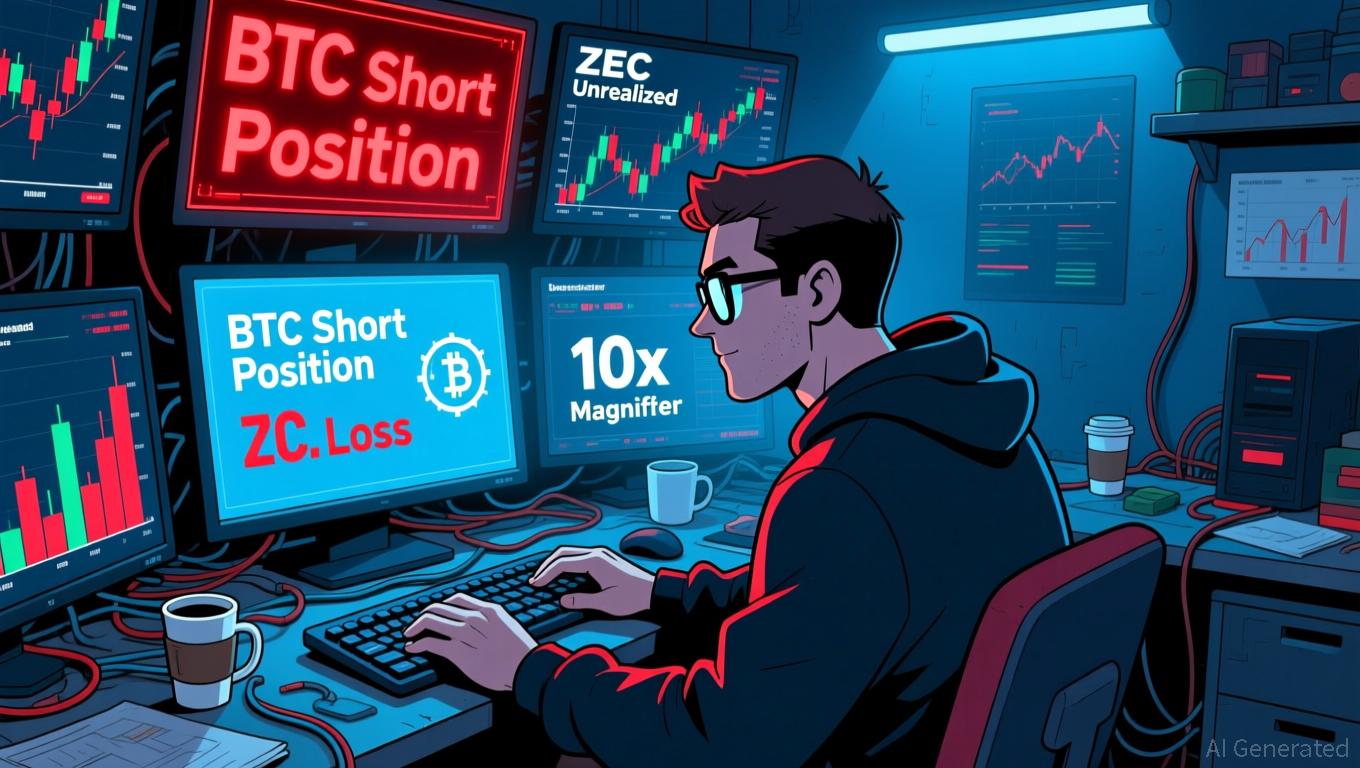
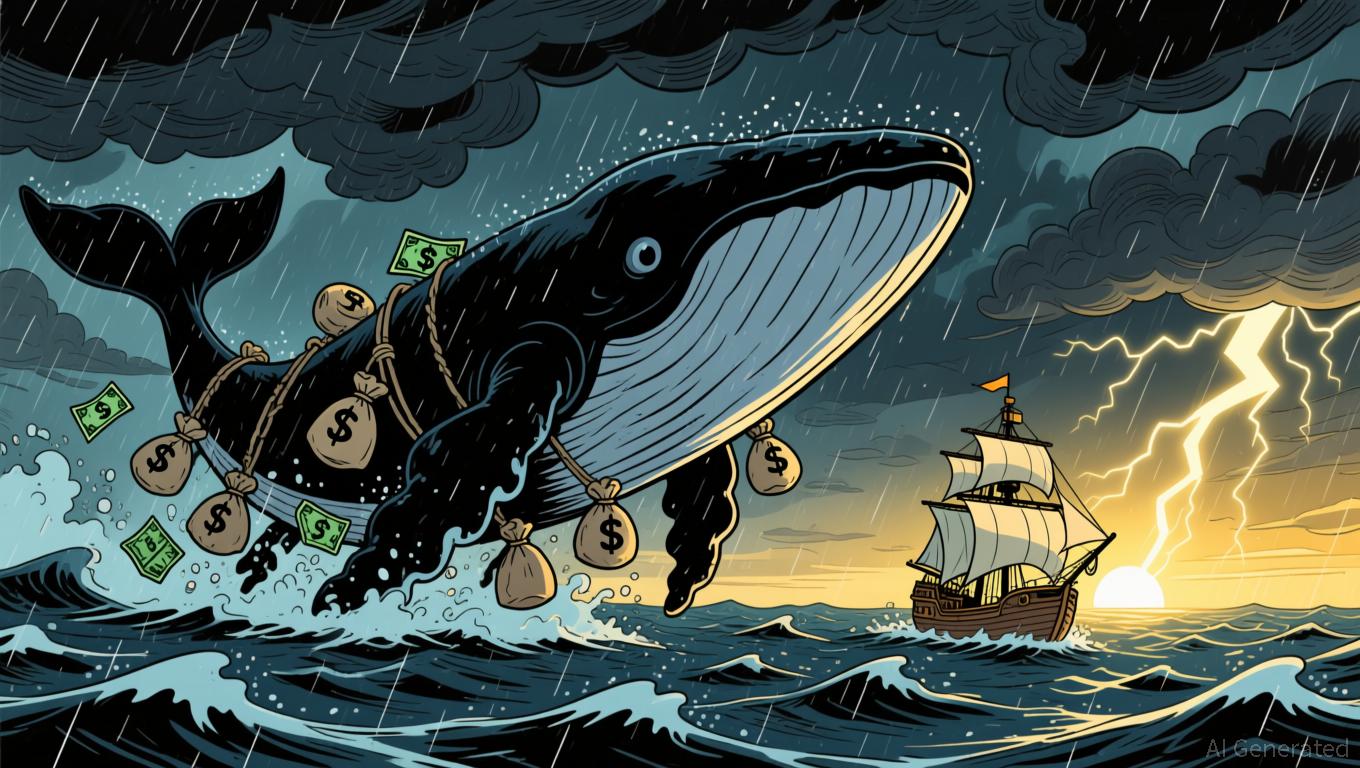
- November 2025 crypto market saw XRP fall below $2 despite ETF approval, driven by whale sales and structural imbalances. - Binance Coin (BNB) dropped 30% to $912 amid bearish sentiment, contrasting Digitap ($TAP)'s 150% presale surge and real-world banking integration. - Digitap's $2M+ presale and Visa-card-enabled crypto-fiat platform attracted investors seeking utility over speculation in a volatile market. - Market shifts highlight growing demand for projects like Digitap, which bridges traditional fi
- Bitcoin's late 2025 crash stemmed from $3B in ETF outflows and Fed rate uncertainty, triggering a 7.35% price drop. - Institutional exits from IBIT/GBTC contrasted with earlier Q3 2025 inflows that pushed BTC to $126,000, revealing shifting risk appetite. - Fed's 3.75%-4% rate hold and "mildly restrictive" policy eroded crypto confidence, accelerating capital flight to safer assets. - The crash highlighted crypto's growing dependence on macroeconomic cycles and institutional sentiment for price stability.
- 2025's crypto derivatives market saw $17B in Bitcoin liquidations on October 10, driven by leveraged positions collapsing amid a 18.26% price drop. - November 2025 saw $2B+ daily liquidations as bearish sentiment intensified, with Bybit/Hyperliquid accounting for 50% of losses and long positions dominating. - Bybit and Binance faced leverage contraction post-crash, with open interest halving on Bybit and 30% declines at Binance, revealing structural fragility. - Rising USD and Treasury yields compounded
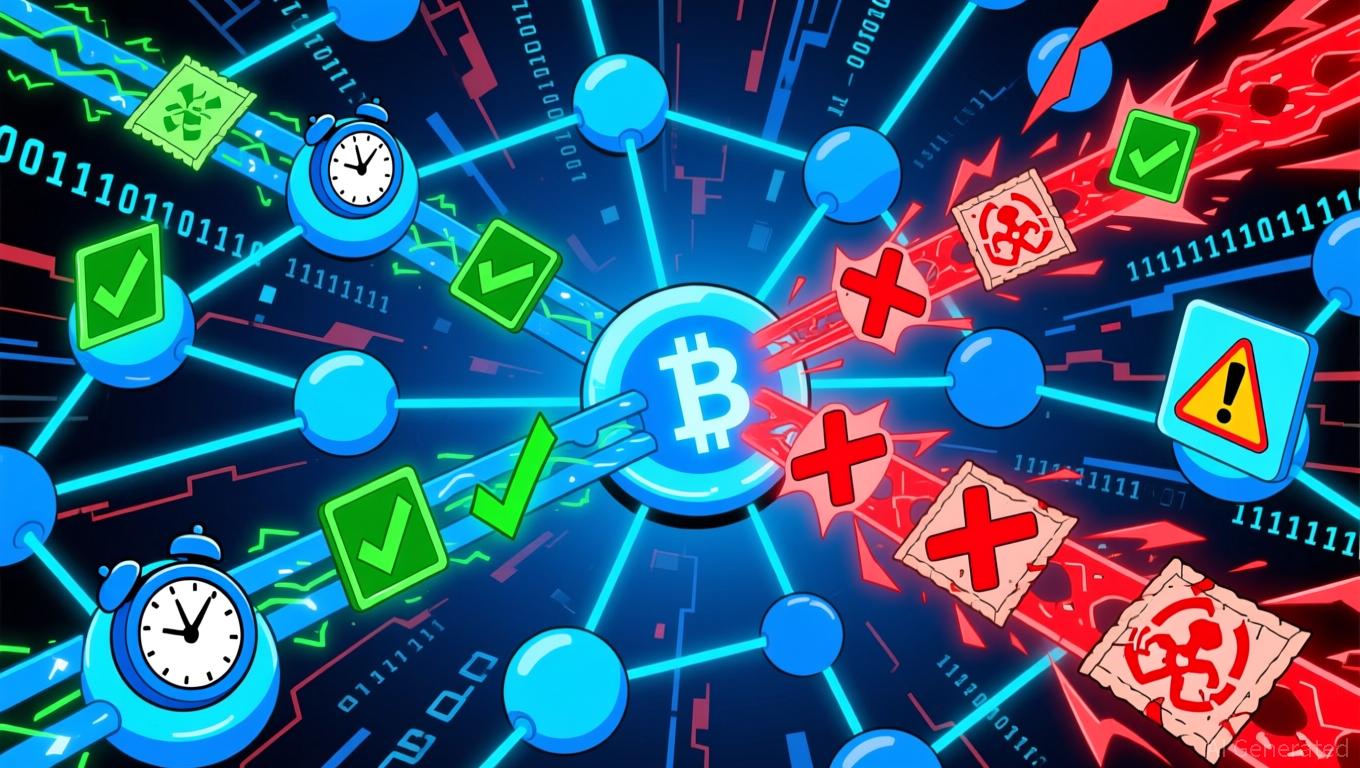
- Cardano (ADA) faced a chain split from a "premeditated attack" exploiting a 2022 ledger bug, forcing an emergency network upgrade. - A user submitted a malformed delegation transaction bypassing validation checks, creating competing "poisoned" and "healthy" chains. - ADA's price dropped 6% during the incident, with $91M in short leverage, as developers patched the bug and restored consensus. - The attacker, identified as "Homer J.", apologized for using AI-generated commands, while experts highlighted Ca

- Wormhole Labs launches Sunrise, a Solana liquidity gateway enabling direct onboarding of external assets like Monad's MON token via NTT framework. - The platform unifies liquidity across Solana DEXs and block explorers, addressing fragmented bridging challenges through native token transfers. - By designating Sunrise as Monad's primary entry point, Wormhole aims to capture early trading flows and expand support to tokenized commodities and RWAs. - This initiative strengthens Solana's DeFi infrastructure,
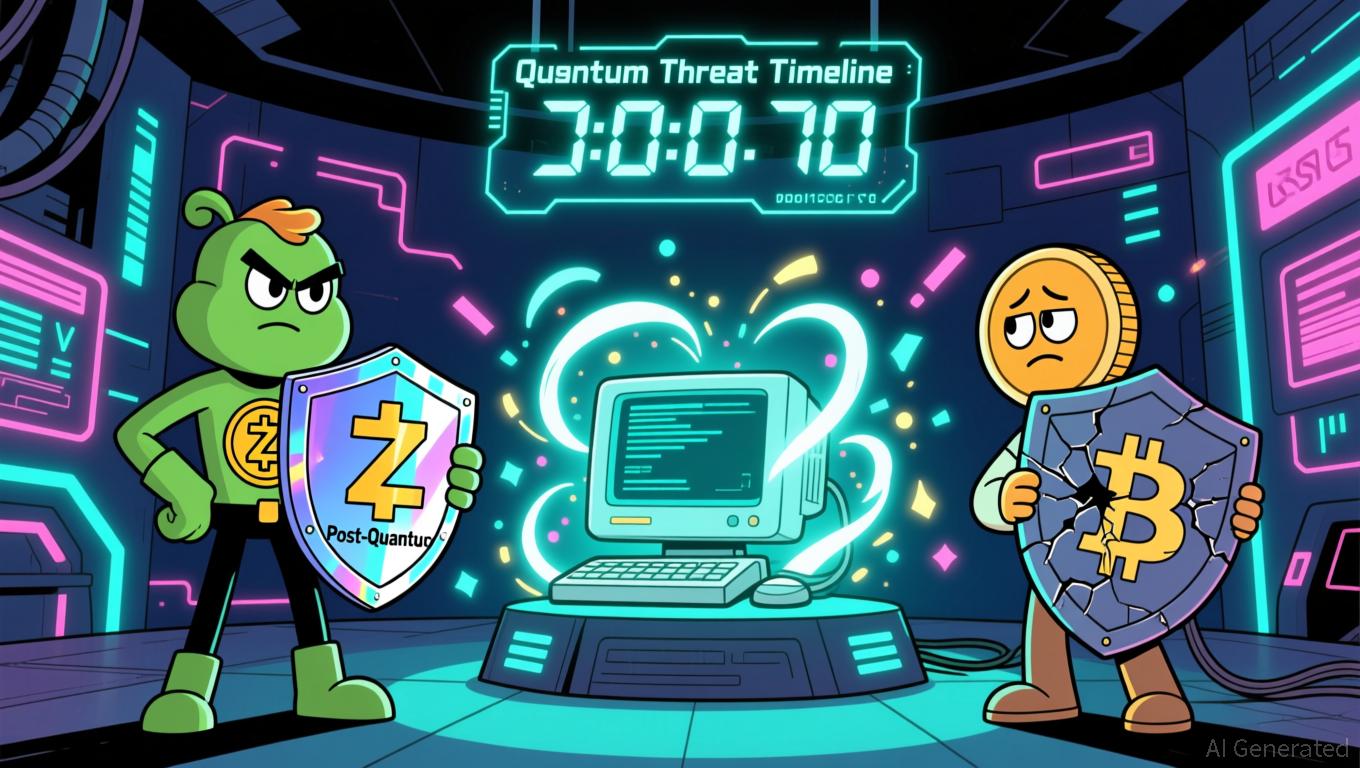
- Zcash developers prioritize quantum-resistant upgrades via modular design, outpacing Bitcoin's slower response to post-quantum threats. - Electric Coin Company integrates NIST-standard algorithms like CRYSTALS-Dilithium, with quantum recoverability protocols nearing completion for 2025 deployment. - Institutional $18M ZEC purchase and 125% price surge highlight market confidence in Zcash's shielded pools and proactive quantum resilience strategy. - Bitcoin lacks concrete post-quantum roadmap despite Vita
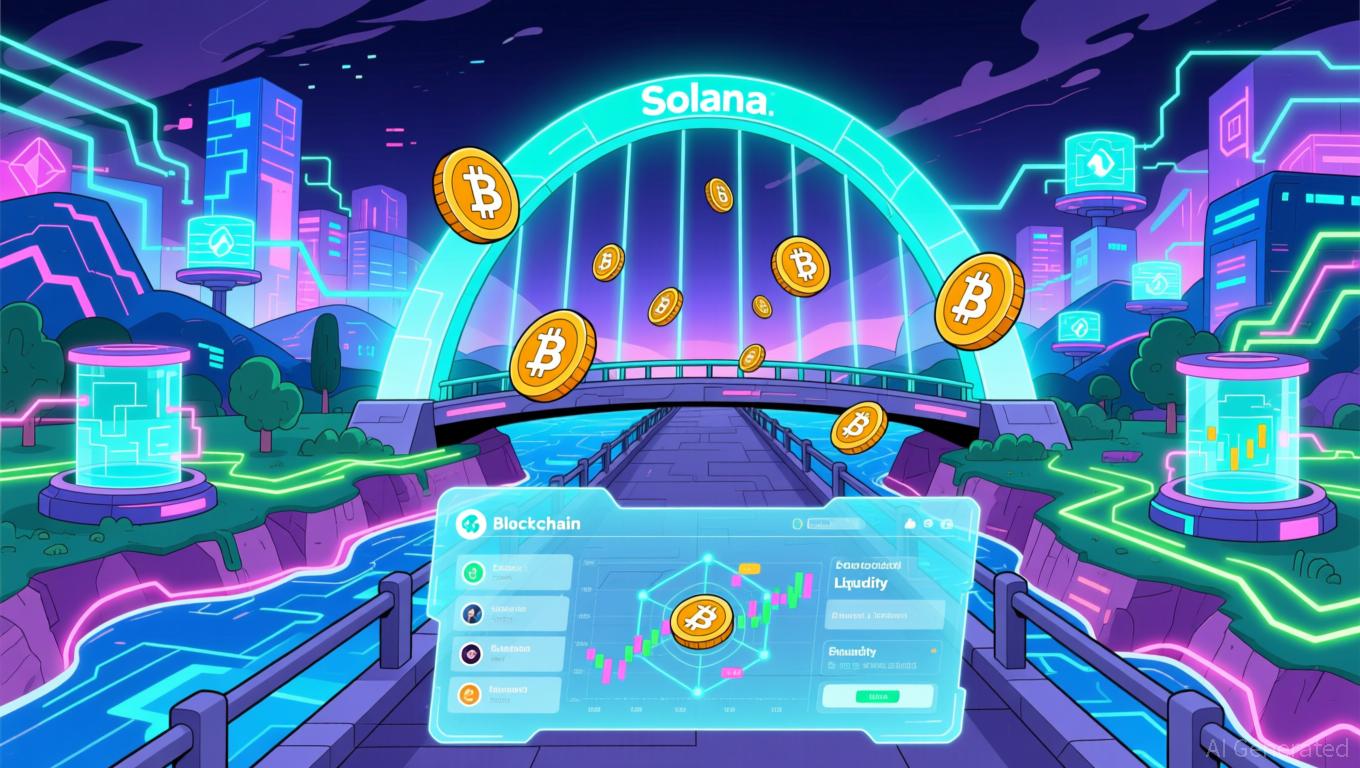
- Sunrise, a new platform by Wormhole Labs, streamlines cross-chain token onboarding for Solana via unified gateway. - Launched alongside Monad’s MON token, it addresses Solana’s fragmented liquidity and complex integration challenges. - Using Wormhole’s NTT infrastructure, it ensures fungibility and enables immediate trading on Solana DEXs like Jupiter. - The platform aims to attract investors and expand to tokenized commodities and stocks, bridging traditional finance with blockchain.
- Hyperliquid's Q4 2025 user base surged 78% via HIP-3 fee cuts and institutional alignment, driven by deflationary tokenomics and high-leverage equity perpetuals. - The platform expanded DeFi accessibility by integrating Google/Amazon equities and testing BLP for on-chain lending, achieving $303B trading volume and $7.2B open interest. - A $1B Hyperliquid Strategies DAT and $888M merger with Paradigm-affiliated Rorschach signal institutional confidence, aiming to lock liquidity and align governance incent
- PENGU USDT's 2025 Q3 depegging triggered a 28.5% price drop and DeFi liquidations, exposing algorithmic stablecoin vulnerabilities. - Algorithmic models rely on high-yield incentives and opaque collateral, making them prone to liquidity crises and governance risks. - The crisis accelerated regulatory scrutiny (e.g., Canada's rules) and pushed investors toward diversified portfolios with transparent stablecoins. - On-chain monitoring and multi-signature controls are now critical for mitigating systemic ri
- 01:13Data: 19,100 SOL transferred out from a certain exchange, routed through an intermediary, and flowed into Fireblocks CustodyAccording to ChainCatcher, Arkham data shows that at 09:03, 19,100 SOL (worth approximately $2.4973 million) were transferred from an exchange to an anonymous address (starting with 5tzFki...). Subsequently, this address transferred the SOL to Fireblocks Custody.
- 01:13Data: An AAVE whale has repurchased AAVE worth $4 million after previously having part of their position liquidated due to a sharp price drop.According to ChainCatcher, on-chain analyst Ember (@EmberCN) has monitored that an AAVE whale purchased 24,000 AAVE, worth $4 million. This whale had previously been partially liquidated during a market crash. Data shows that over the past two years, this whale accumulated 284,000 AAVE through cyclical loans, with an average cost of $165. Due to the market downturn, 32,000 AAVE were liquidated at a price of $101, resulting in a loss of $3.22 million. After this repurchase, the whale currently holds 276,000 AAVE, with the average cost remaining at $165.
- 01:04Analysis: The extreme narrative of an "AI bubble" bursting in the short term is unlikely to materializeChainCatcher News, a research report by CITIC Securities stated that the decline in the US stock market on November 20 was mainly driven by macro factors, rather than a panic sell-off triggered by the bursting of the AI bubble. The main reason for this correction was the combination of unexpectedly strong non-farm payroll data in September and hawkish comments from the Federal Reserve, which prompted profit-taking in the market. Coupled with signs of weakening in the US labor market, the Federal Reserve's December policy meeting may become the peak of the current "hawkish panic" sentiment, after which the market's main focus may shift to the contest over Trump's nomination of the new Federal Reserve chairman. The fundamentals of the AI sector remain solid. With token exponential growth, ongoing supply chain bottlenecks, and the four major tech giants maintaining strong cash flows and balance sheets, the extreme narrative of an imminent "AI bubble" burst is unlikely to materialize in the short term.